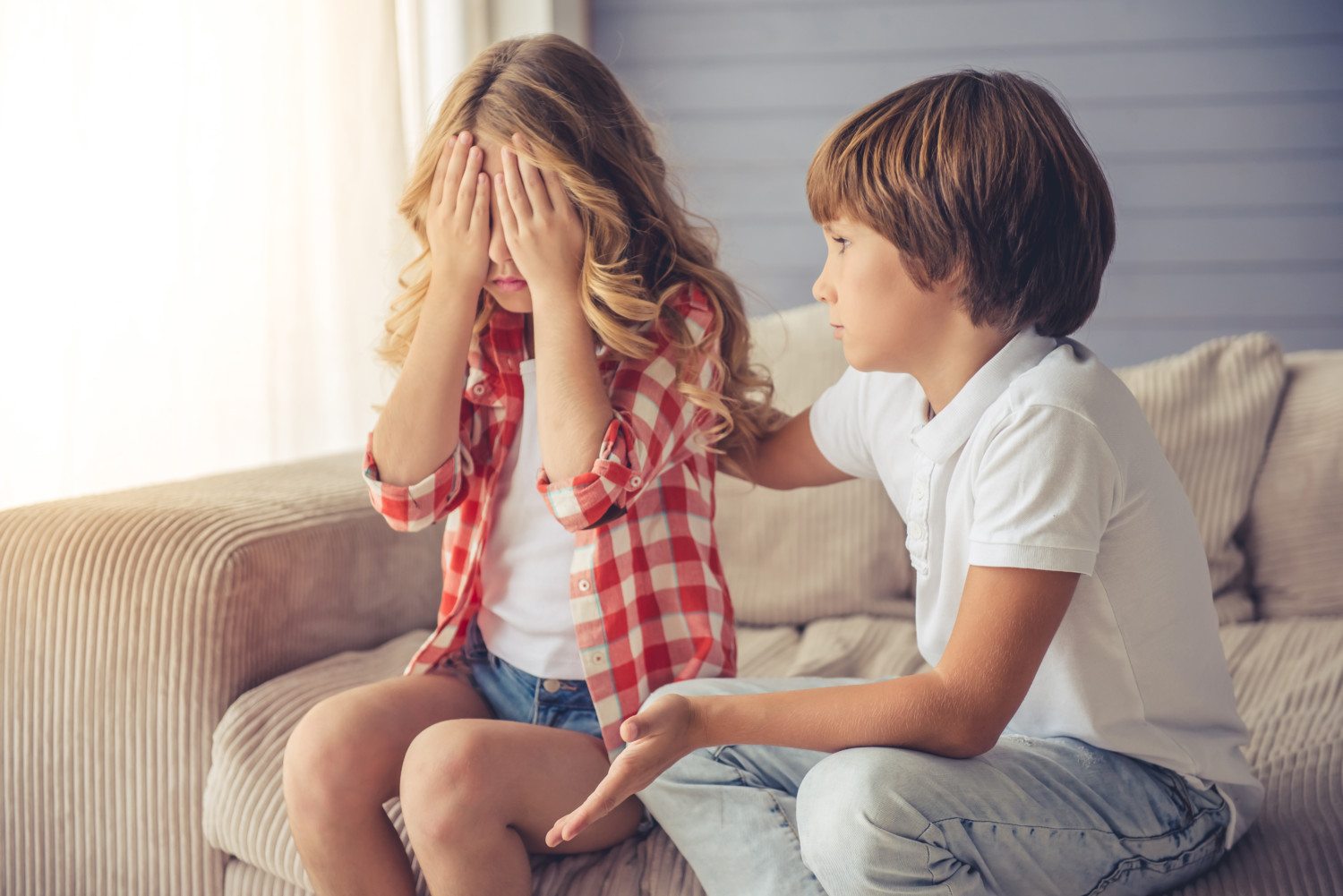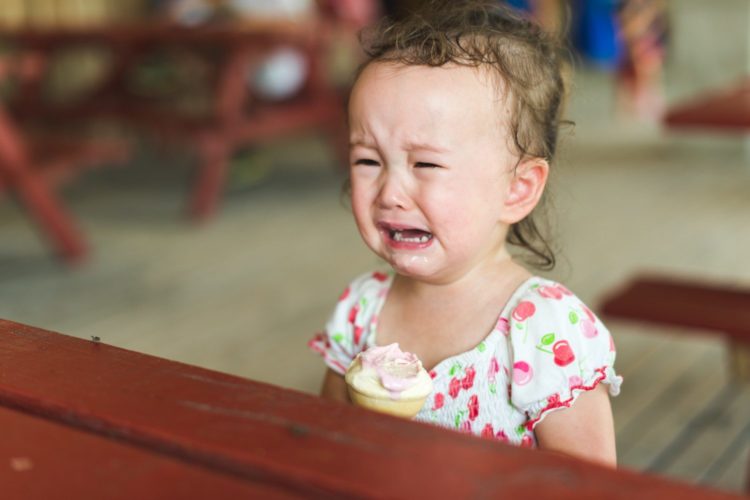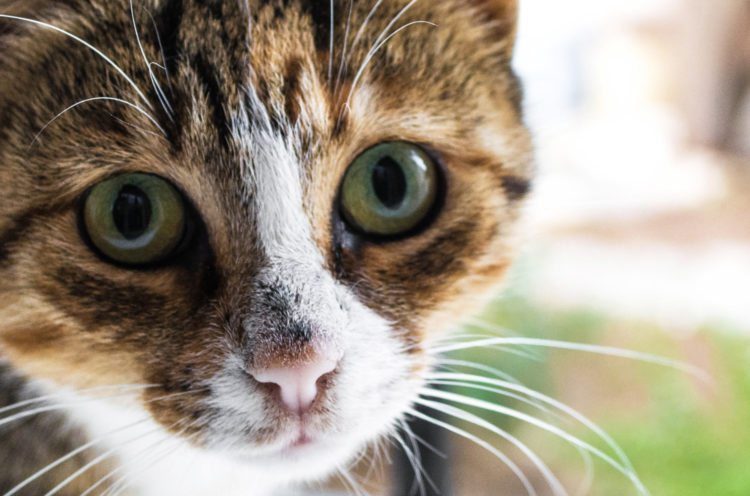How to teach kids to apologize instead of commanding them to say, ‘I’m sorry’

If you’re the parent of a young child, you know how difficult it can be to get your kid to apologize when they have wronged a friend, sibling or playground foe.
Let me paint an all-too-common picture. Moms and dads are casually sipping their lattes, chit-chatting on the perimeter of a playground. Kids are playing, and having a great time—until they’re not. Two 4-year-olds, Billy and Lisa, have reached the top of the much-loved twisty slide at the exact same time. Lisa (a little more agile) slips in front of Billy and prepares to go down the slide. Billy, in a moment of frustration, gives Lisa a push she’s not quite ready for and she tumbles down the slide. Tears ensue.
Then begins the awkward and often meaningless dance between the parents of the pusher and the parents of the pushee, both trying to do the right thing. Billy’s embarrassed (and tired) mom is on it, because she has become an apology ninja. “Billy, say you’re sorry.”
“Oh, it’s OK. She’s fine,” says Lisa’s mom. “Lisa can be really sensitive.”
“BILLY! Tell Lisa you’re sorry.”
Awkward silence. Finally (after a few pokes in the back), Billy mutters a completely lackluster, no-eye-contact “sorry” and bolts off to the swings. It’s all so forced. And—the real issue—Billy doesn’t seem sorry at all.
Can We Teach Our Kid To Apologize So They Actually Mean It?
Amy McCready, Founder of PositiveParentingSolutions.com suggests we delay the I’m sorries to gain meaning. “Although it may be hard at first,” she writes, “putting some much-needed time between the misbehavior and its apology will lead to a considerably more sincere ‘sorry.’ You’ll find your kids better understanding their actions, taking responsibility, and developing the empathy needed to learn from their mistakes.”
She suggests we talk to our kids about the feelings behind the bad behavior first. Ask them questions: What were you feeling when you pushed Lisa down the slide? How do you think it made Lisa feel when you pushed her down the slide? This will allow your child to recognize their feelings and see how their actions caused someone else to feel bad, too.
The next step, McCready writes, is to pair the apology with an act of kindness. Ask your child what they could do to make it right. Maybe Billy could ask Lisa if she is OK? And then invite her to go on the slide again, but first this time?
Finally, McCready suggests asking your child what they could do differently next time. Give your child time to brainstorm ideas on how to better handle his emotions. Billy might suggest that, next time, he could wait for Lisa to go down the slide and then take his turn.
Go Beyond Just Saying An Empty ‘I’m Sorry’
June Tangney, a psychologist at George Mason University, agrees that we have to go beyond just I’m sorry. She told The New York Times that parents need to also teach kids how to make things right. “Both children and adults can be surprisingly clueless about whether and how to make things right,” Tangney said. “Little kids are overwhelmed by the spilled mess of milk on the floor. Parents can teach and support them to say ‘I’m sorry’ and to clean it up, maybe leaving the kitchen a little cleaner than it was before.”
Need further proof that this multi-step apology works? Just look to the real parenting expert: Daniel Tiger. Yep, that cute, pants-less tiger does a great job explaining the need to take “I’m sorry” one step further. Daniel even provides us with a catchy jingle to sing when our young children need a reminder. “Saying I’m sorry is the first step. Then, how can I help?”
If your little one has a sibling, there are plenty of in-home opportunities to test this multi-step apology. Just this morning, my girls, ages 3 and 6, had a battle over a chair at the kitchen table that resulted in the tiny one laid out on the floor crying. Rather than make big sister apologize right away for hip-checking her sister off said chair, I asked her how she would feel if someone did that to her. “Bad,” she said sheepishly.
“OK. So do you think you could apologize for making her feel bad. And then ask your sister if there is anything you can do to help?”
Little sis asked big sis for a hug. Soon, they were giggling, and back to eating their cereal. All was right with the world—at least for the moment.
[h/t: Lifehacker]






